A better world is necessary!
In a climate emergency, what actions are required?
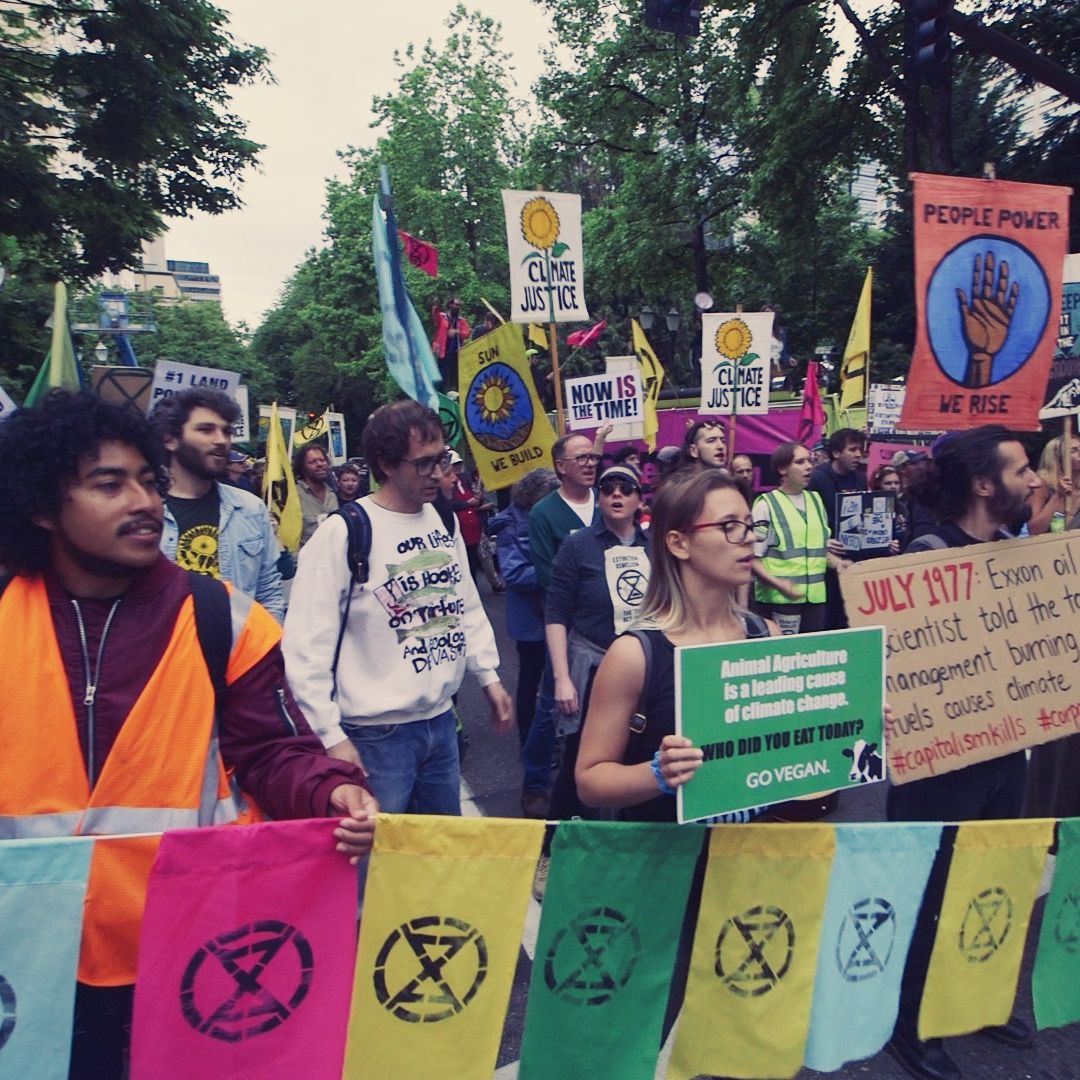
Part 1: Oil, Water & Climate Resistance
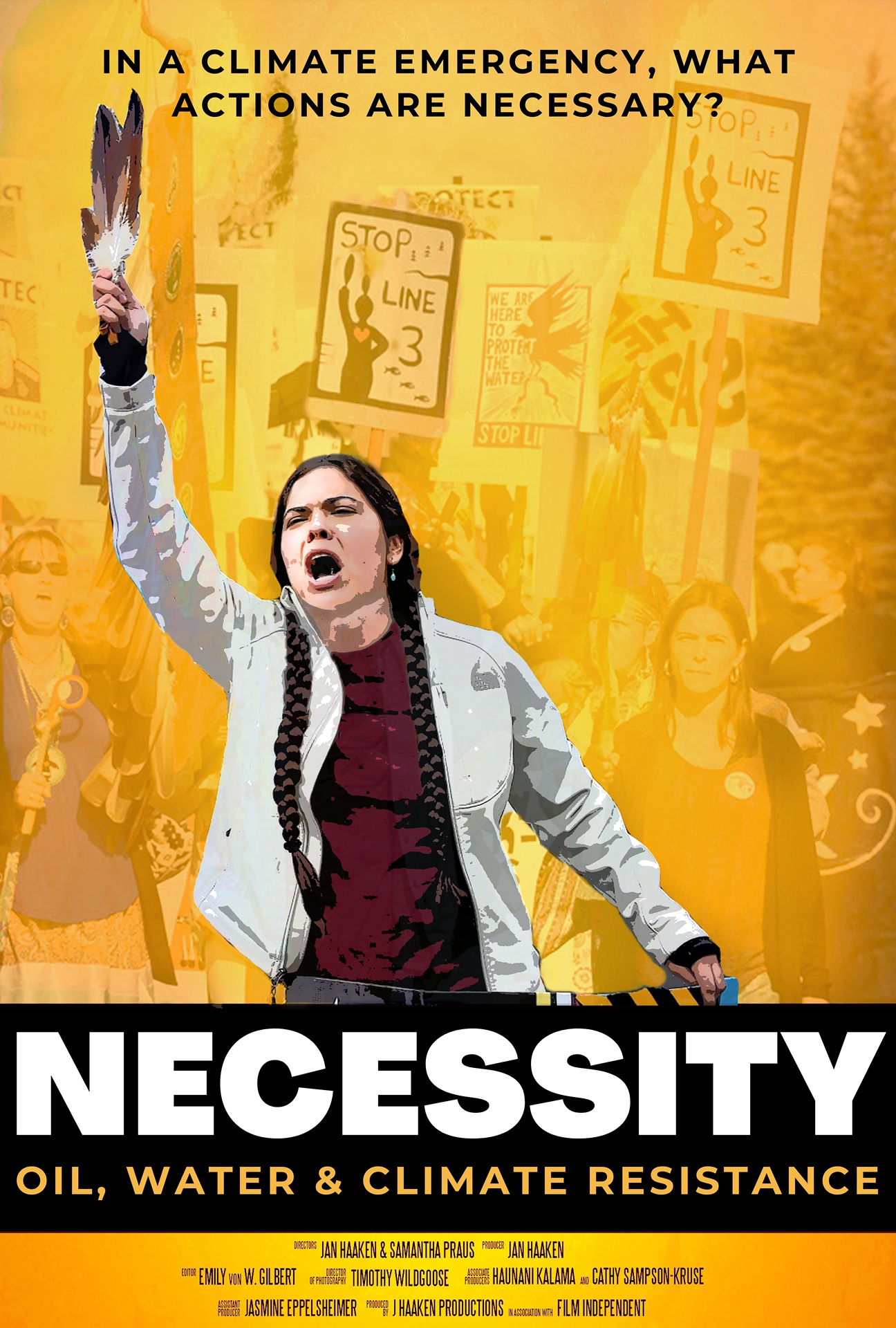
Released 2020 (educational)
Screenings:
K-12: 32,000
(320 teacher downloads, 100 students per teacher)
College/University: 32
Community: 37
Festivals: 8
Estimated Total Viewers: 41,000
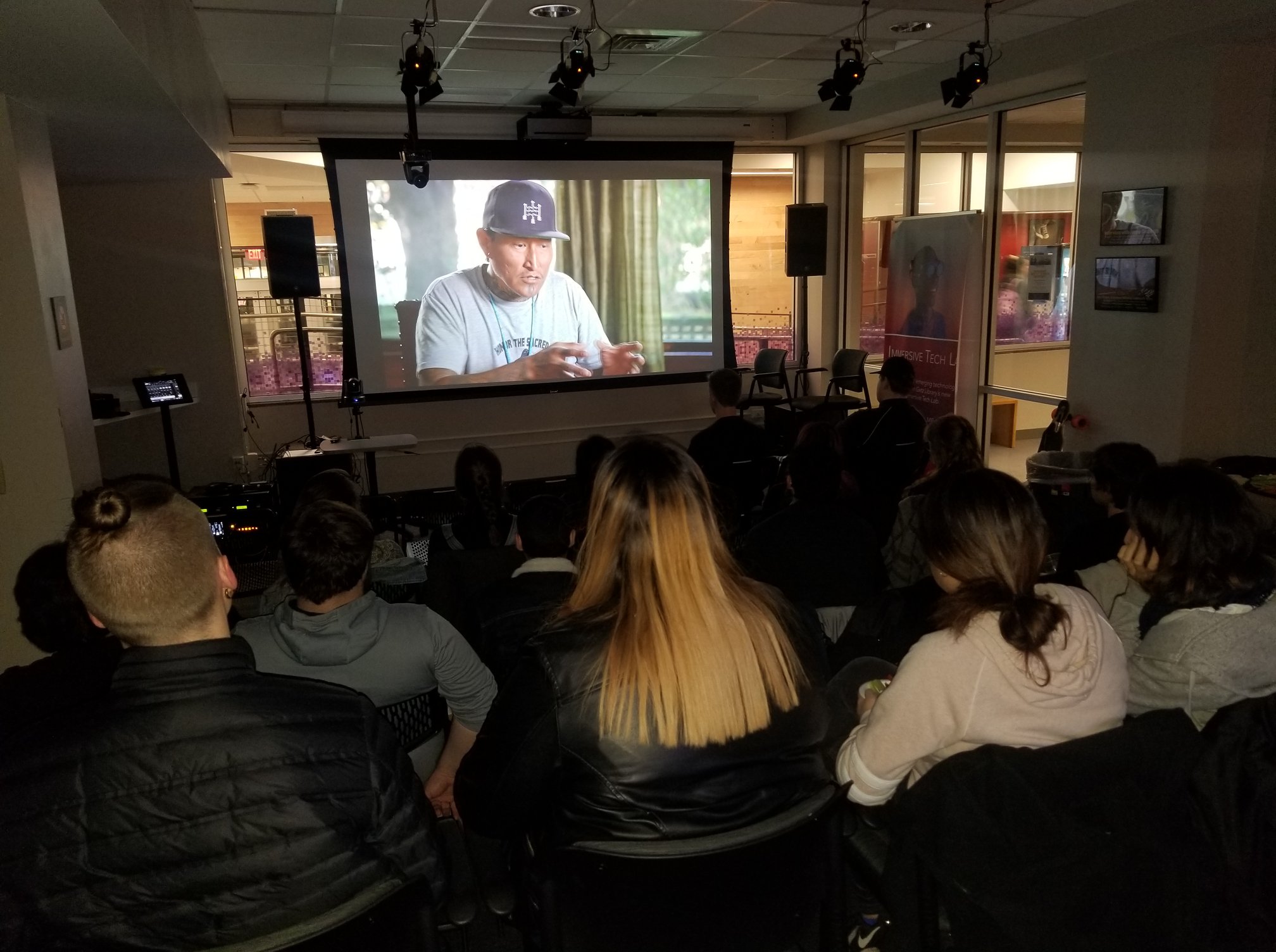
Part 2: Climate Justice & The Thin Green Line
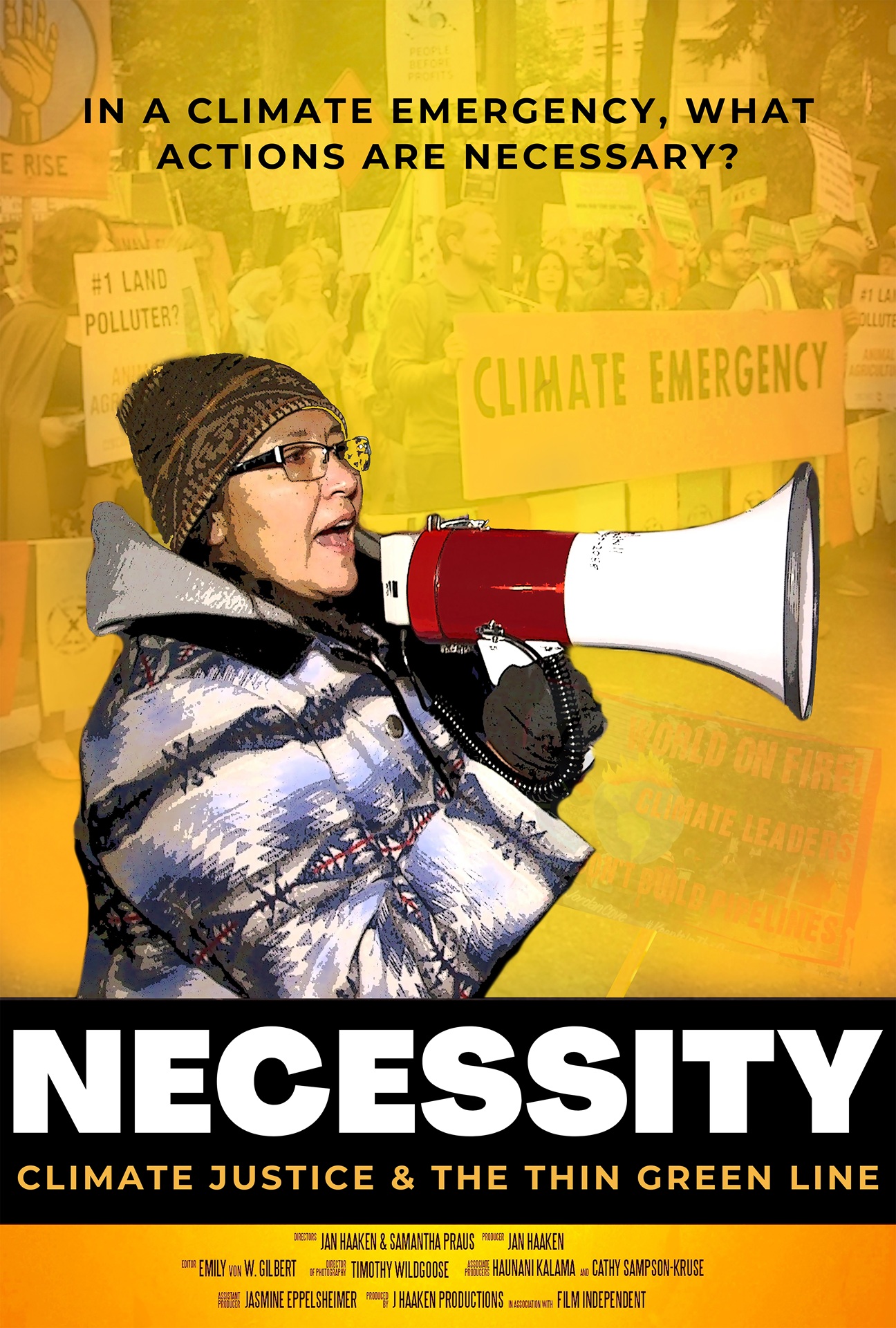
Released 2022 (educational)
Screenings:
K-12: 2,300
(23 teacher downloads, 100 students per teacher)
College/University: 4
Community: 8
Estimated Total Viewers: 3,500
K-12 Student Comments
“This film is educational, interesting, sad, and hopeful at the same time.”
“I don’t usually love documentaries, but this was one of the best that I’ve ever watched! It was really inspiring and creative and I liked how there were many different perspectives.”
“The film was illuminating, evocative, controversial, and informative. I feel convicted (and empowered) to make a change in my own life–in whatever way I can.”
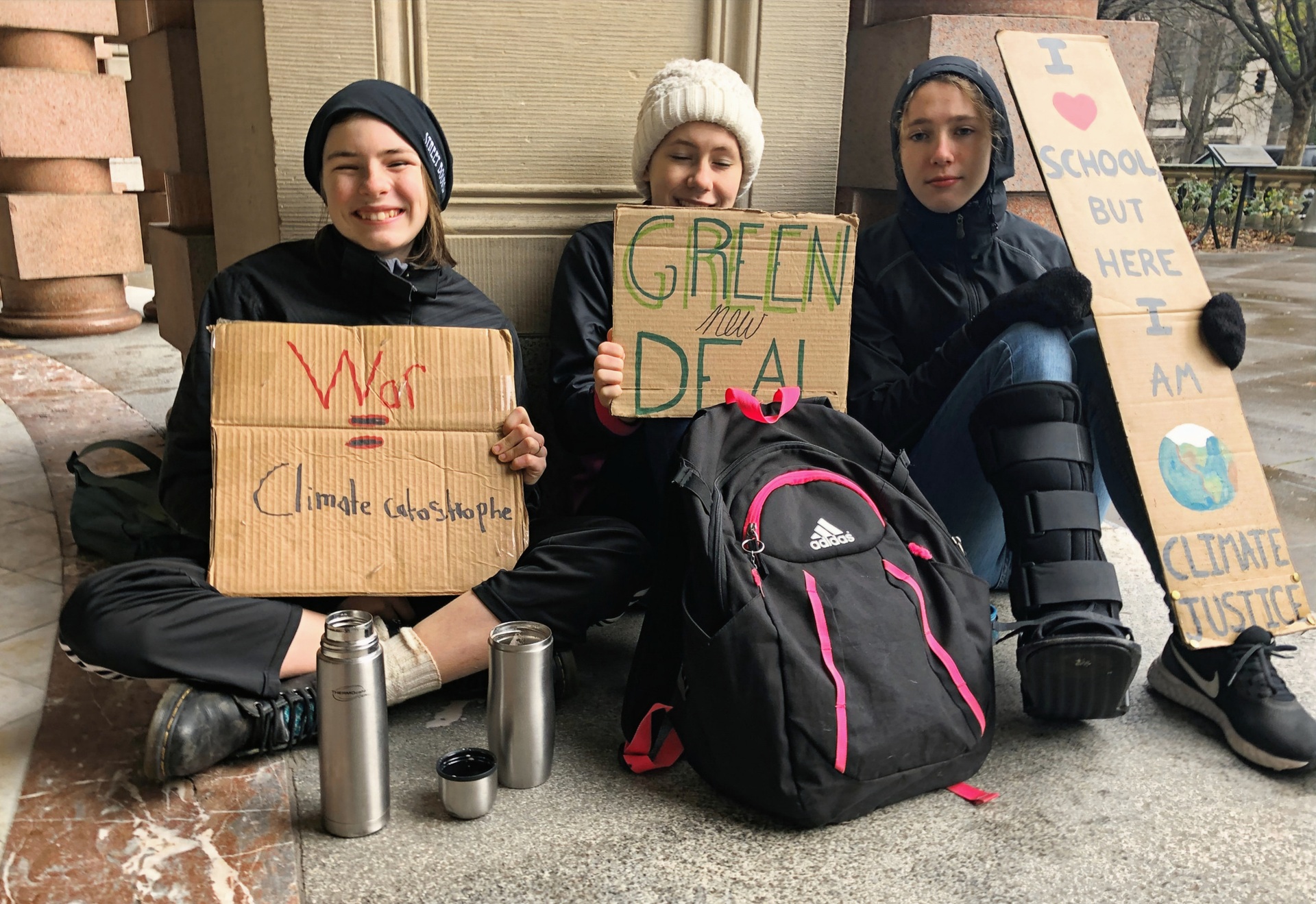
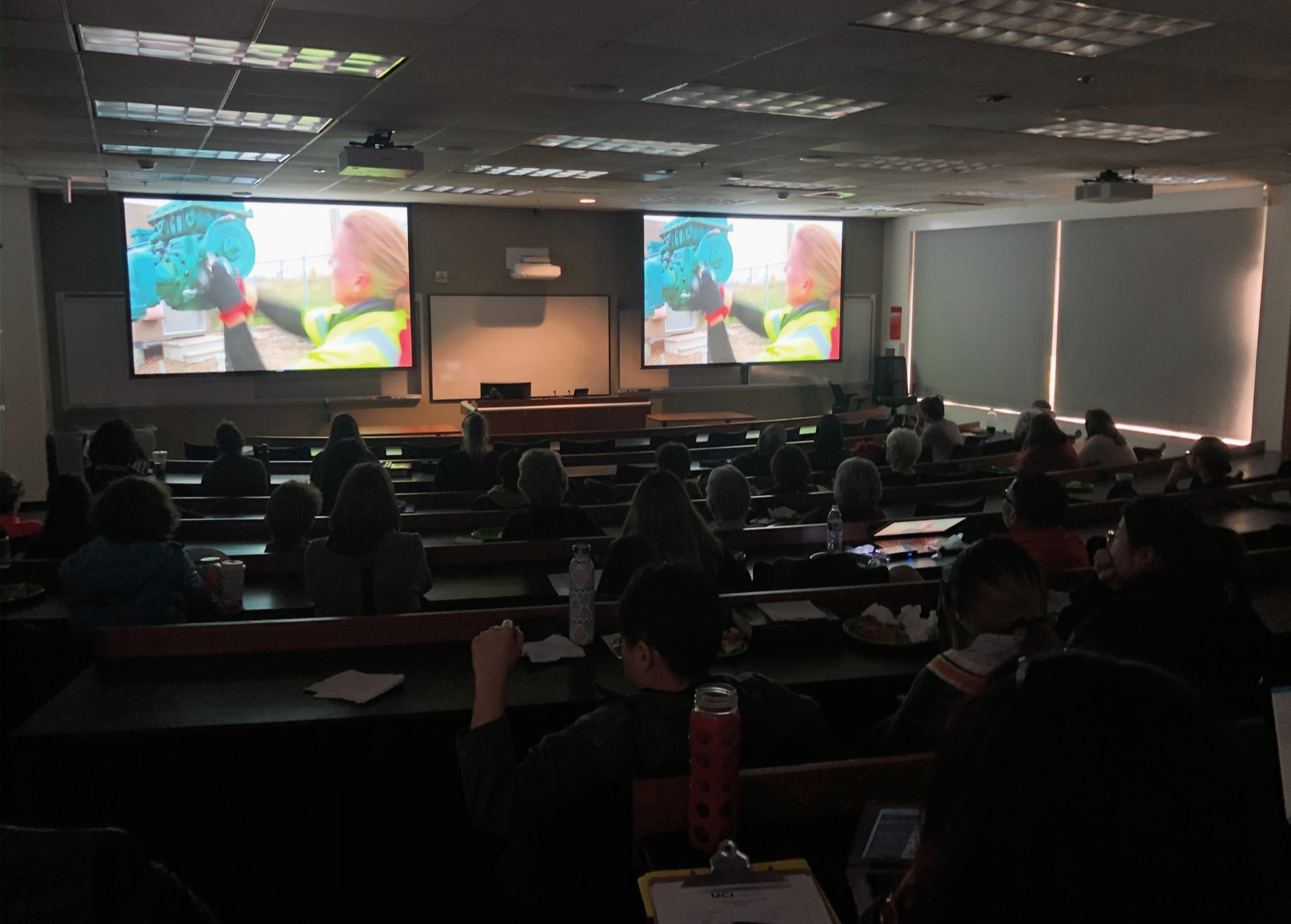
College/University Student Comments
“I think the necessity defense is traditionally thought of as a defense for trespass. Never had it occurred, or rarely does it occur, that to some degree many of these fossil fuel extractions are trespassing on Native soil and destroying it. Law changes, as do arguments. I think and hope many will see the value in the defense.”
“[This] film should be watched by all citizens in the US, no matter their political stance.”
“The film was powerful in the complexity and integrity of the story, and the centering of Indigenous stories/voices.”
Educator Comments
“This is a uniquely compelling documentary. My high school students were fascinated to learn of the examples of 21st-century civil disobedience so carefully depicted in this film. This documentary belongs in our classrooms if we believe students deserve a curriculum that is relevant, urgent, and committed to a just future.”
“I love this film and have been telling other teachers, friends and family members about it. Thank you for making it possible to share it with my students.”
“Wonderful, impactful film. I see from the discussion posts of my students that they were compelled to consider experiences and positions they have not considered before.”
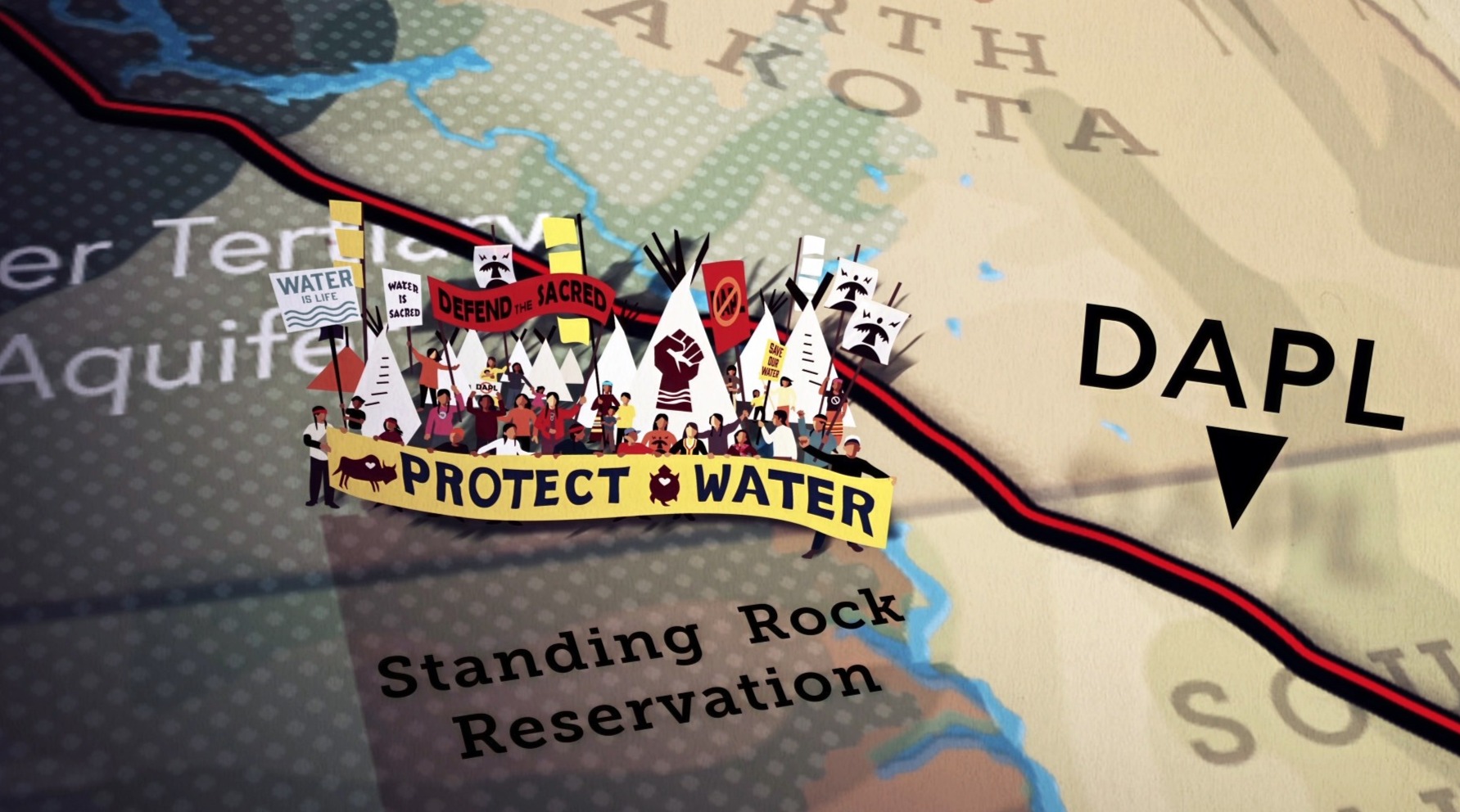
Indigenous Storytelling
The NECESSITY documentaries weave Indigenous art and motion graphic maps into the films, as well as regional photography and historical archives that provide a richly layered ethnographic texture to the stories of climate resistance.
Native artist Asa Wright created an animated sequence of paintings for NECESSITY: Climate Justice & The Thin Green Line, set in the Columbia River Gorge. The art sequence accompanies “The Monster Who Came Up the River,”a fable written by Umatilla storyteller Esther Motanic and narrated in the film by Walla Walla Chief Don Sampson.
Sponsors & Partners

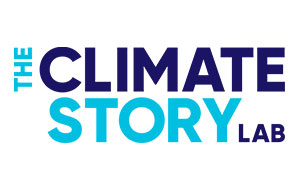


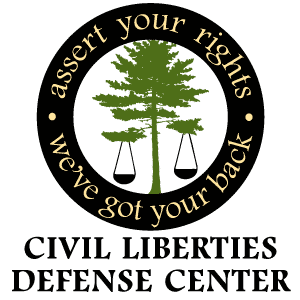


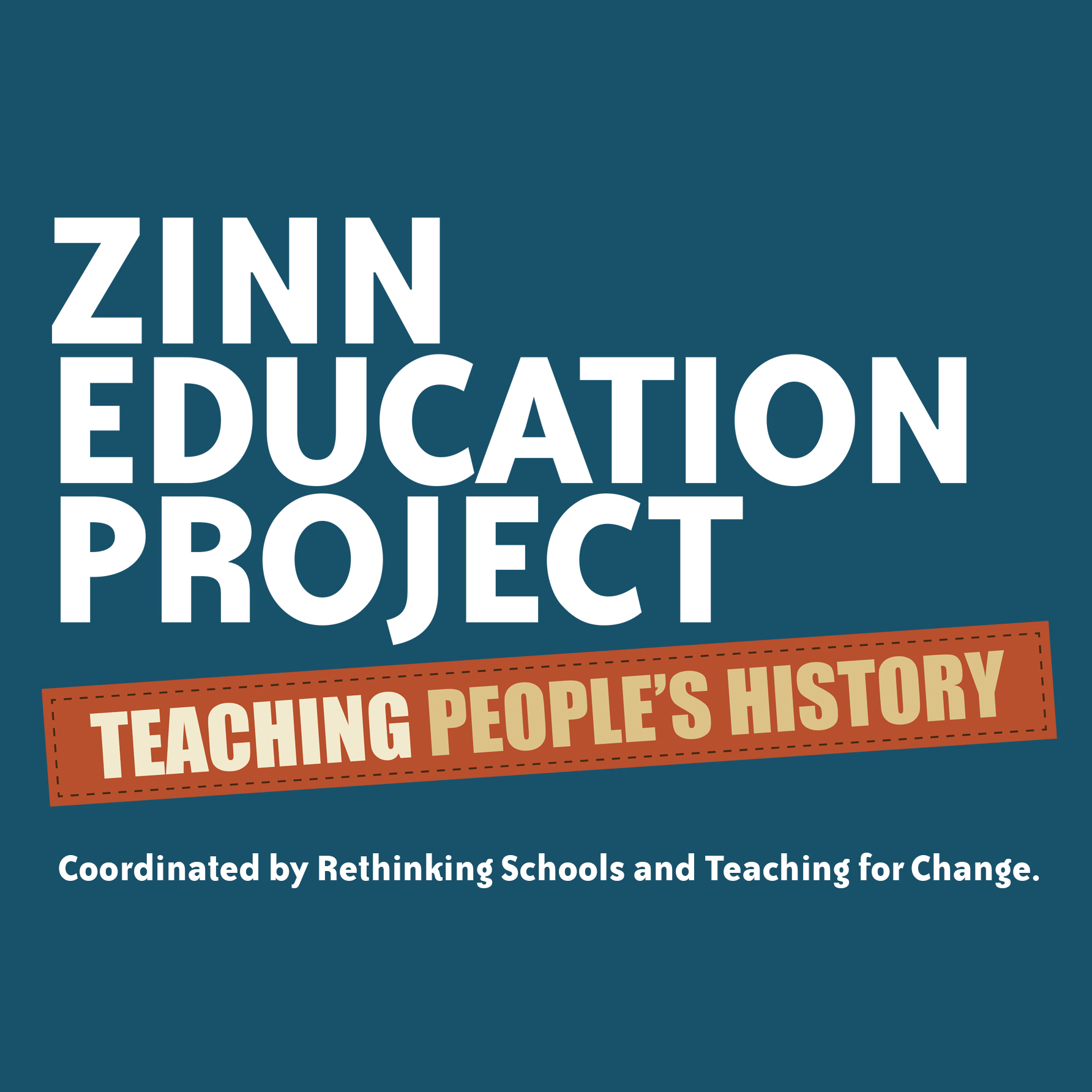


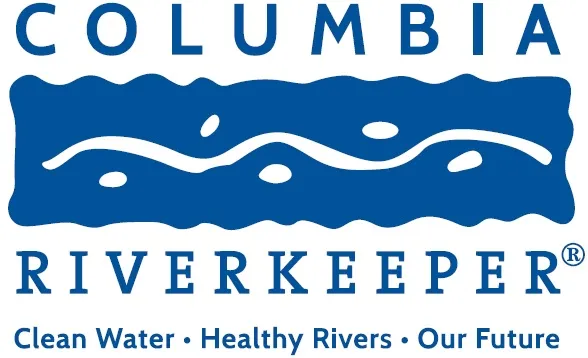

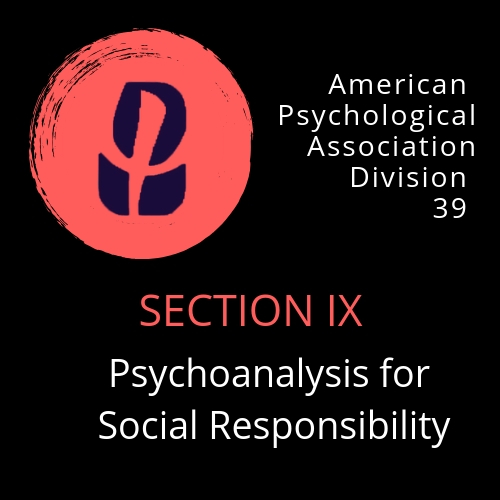
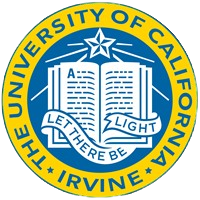



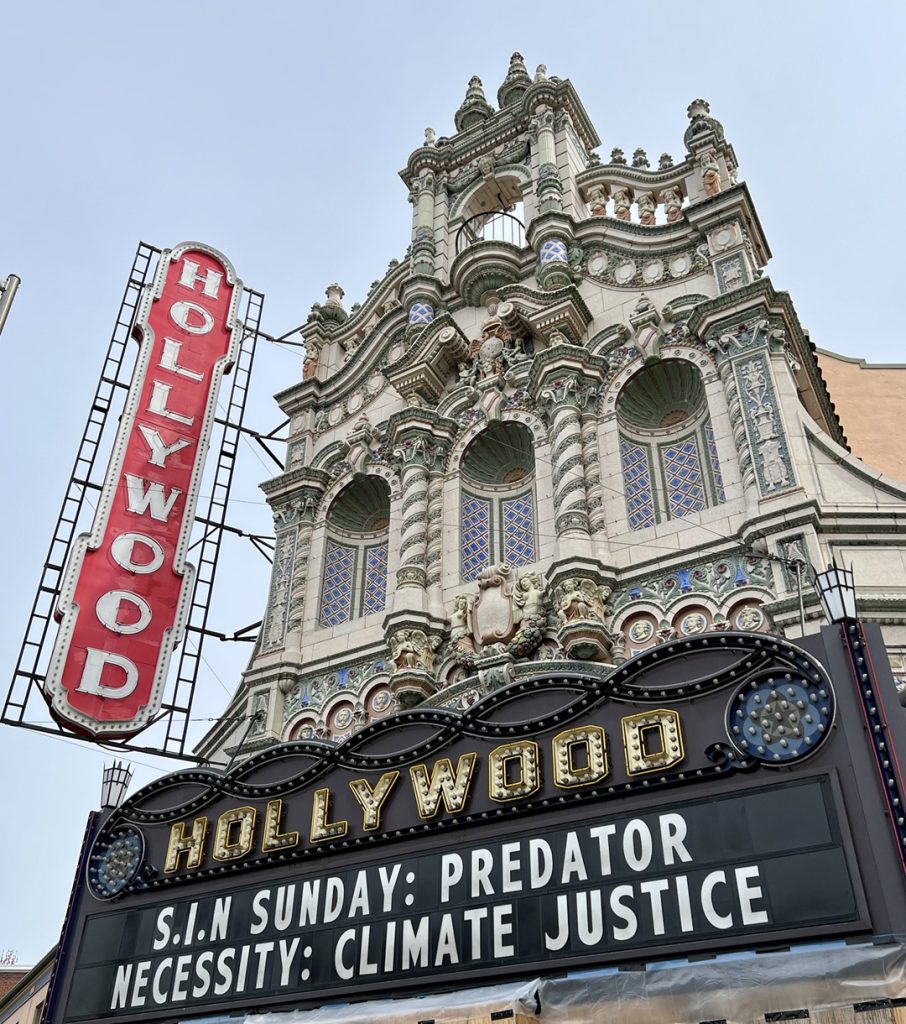
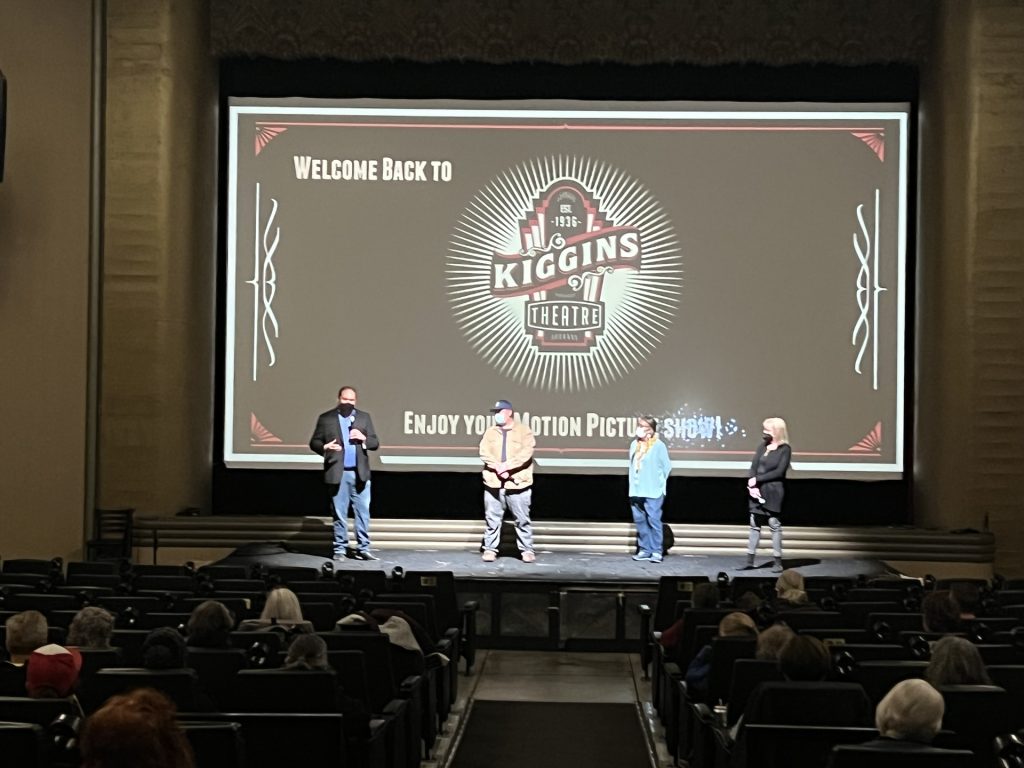
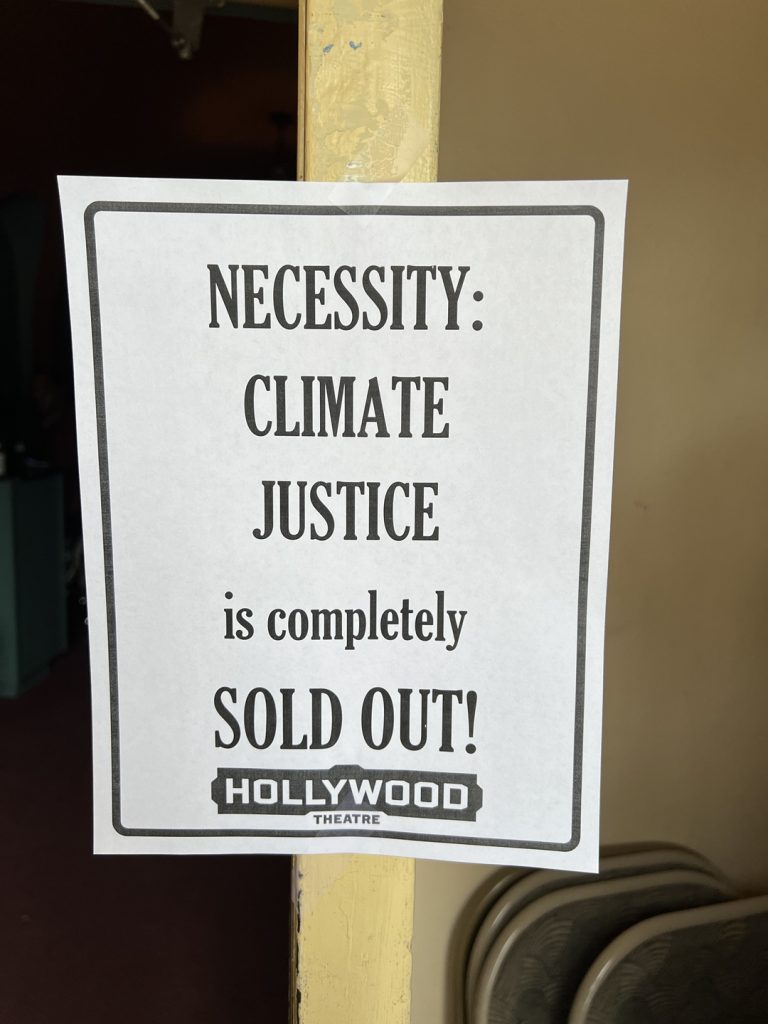
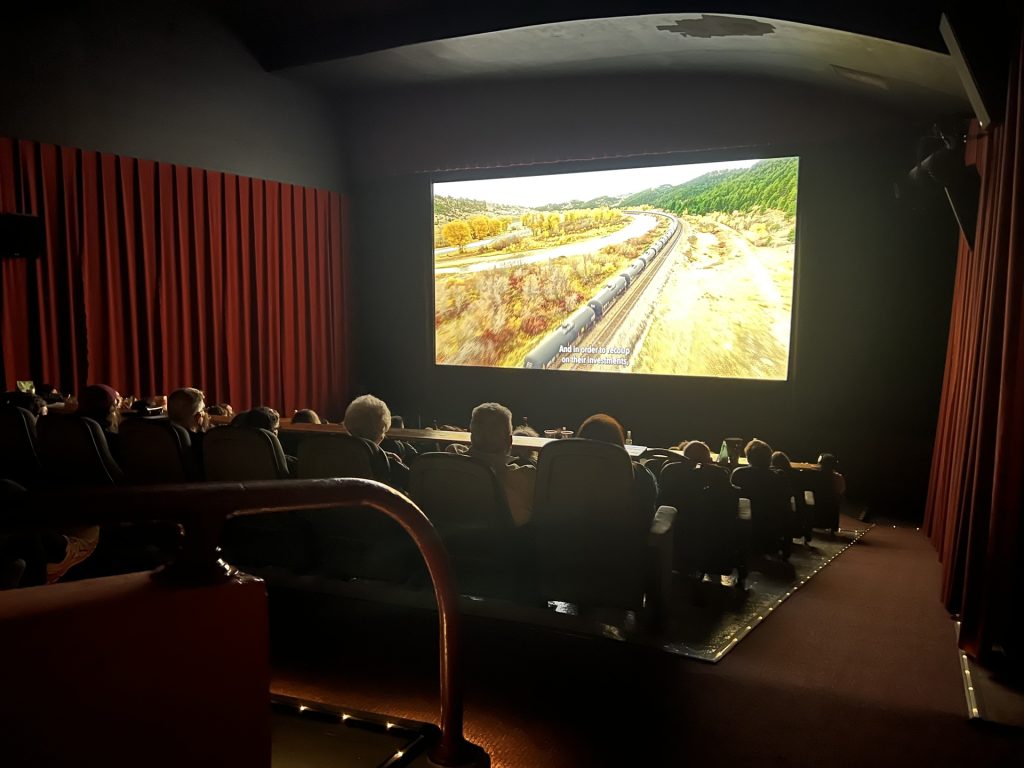
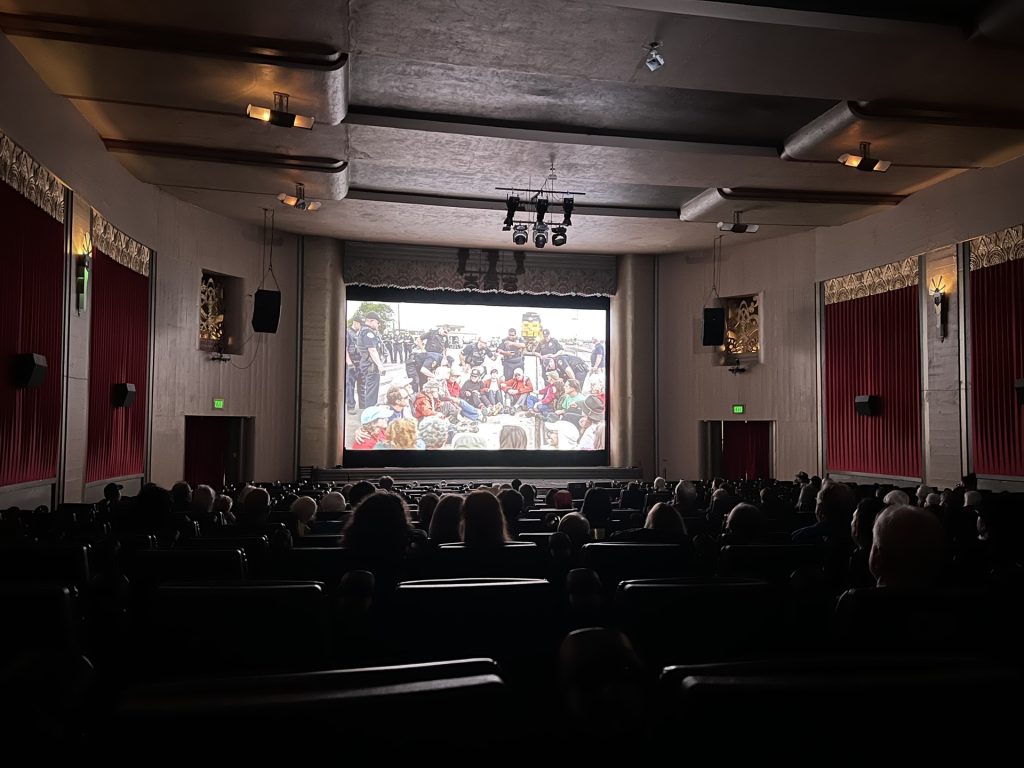
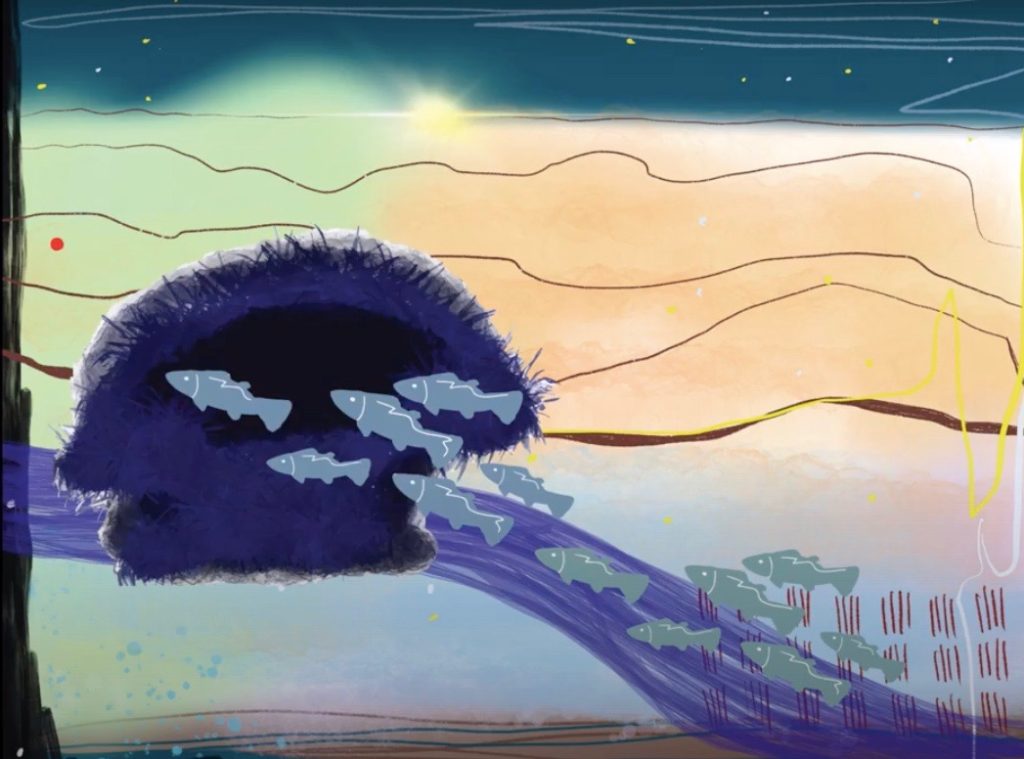
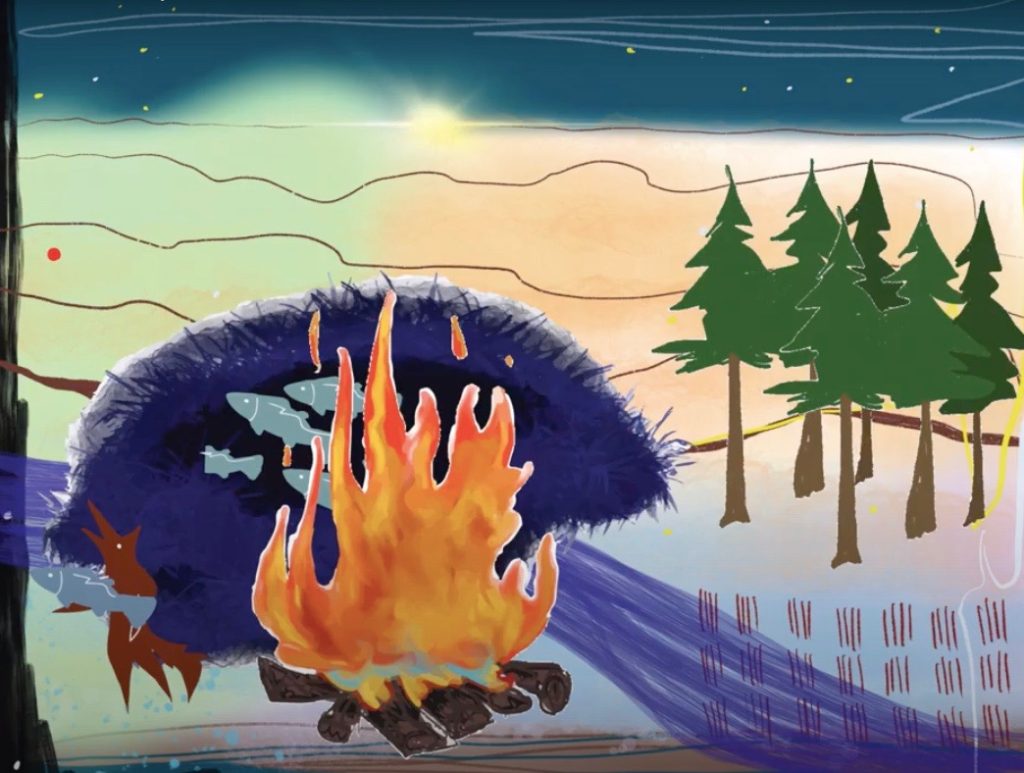
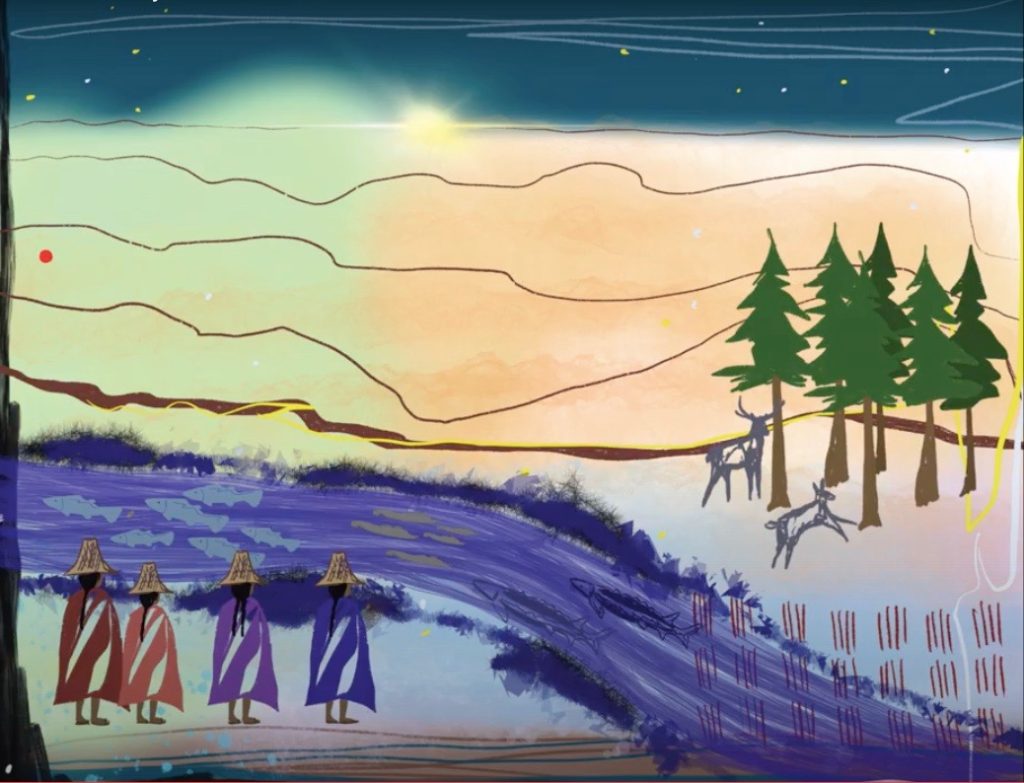
Comments from the Classroom